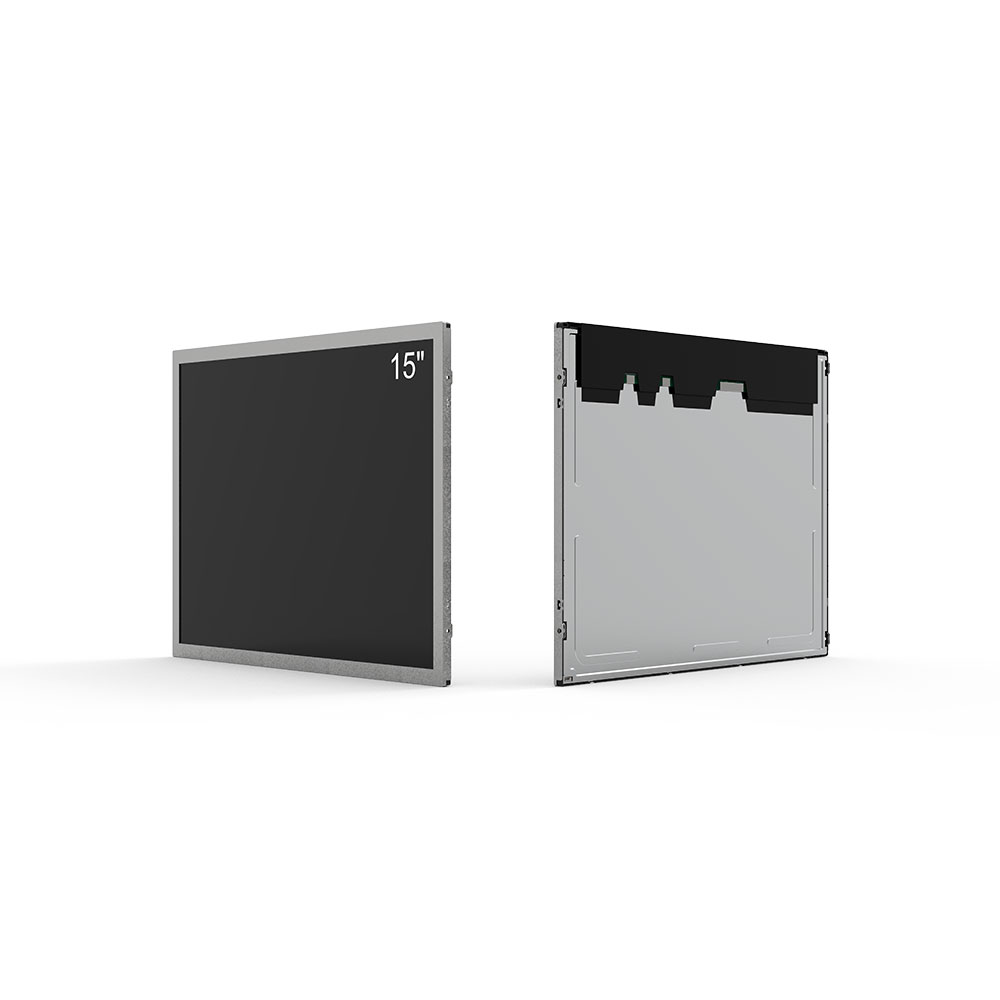- Home
- About Us
- Products
- News
- Video
- Contact
- Send Inquiry
Search
- Home
- About Us
- Products
- News
- Video
- Contact
- Send Inquiry

When selecting an outdoor LCD screen, it's essential to prioritize both visibility under direct sunlight and long-term durability in varying weather conditions. Unlike indoor displays, outdoor screens must withstand UV exposure, temperature extremes, humidity, and even physical impacts such as wind or debris. According to the International Electrotechnical Commission (IEC) standards, outdoor LCDs should meet at least IP65 protection against dust and water ingress—this is non-negotiable for any serious installation.
Brightness is arguably the most critical factor. Most commercial outdoor screens operate between 3,000 and 10,000 nits of brightness, with higher values required for direct sun exposure. For instance, a digital signage solution installed in a sunny urban plaza typically needs at least 5,000 nits to remain legible during peak daylight hours. This contrasts sharply with indoor displays, which usually max out at 500–1,000 nits.
Another key consideration is the panel type. LED-backlit LCDs offer better contrast and energy efficiency than older CCFL models, while OLED panels, though vibrant, are less suited for outdoor environments due to faster degradation under UV light. Industry leaders like LG, Samsung, and Sharp now produce ruggedized outdoor LCDs with enhanced anti-glare coatings and wide viewing angles—critical for public-facing applications like bus stop displays or retail kiosks.

Thermal management is equally important. Many manufacturers integrate passive heat dissipation systems, such as aluminum heatsinks and internal fans, to prevent overheating in summer months. Some advanced units also include automatic brightness adjustment based on ambient light sensors—a feature that saves power and extends screen life.
Finally, remote management capabilities are increasingly expected. Modern outdoor displays often support 4G/5G connectivity and cloud-based content delivery, allowing real-time updates without on-site maintenance. For example, a city’s traffic information system can push emergency alerts instantly across multiple outdoor screens using centralized software platforms like BrightSign or Xibo.
By focusing on certified environmental ratings, brightness levels, panel technology, thermal design, and smart connectivity, businesses and municipalities can choose outdoor LCD screens that perform reliably over years—not just months.